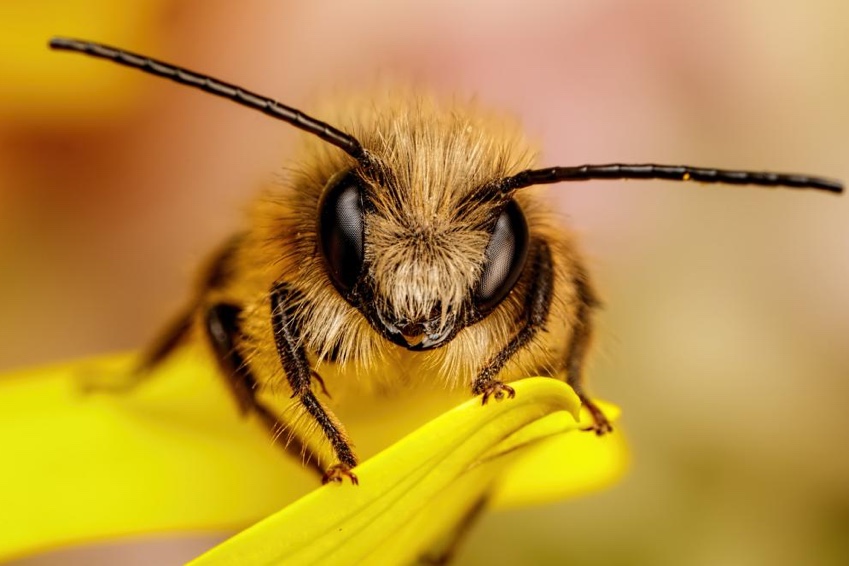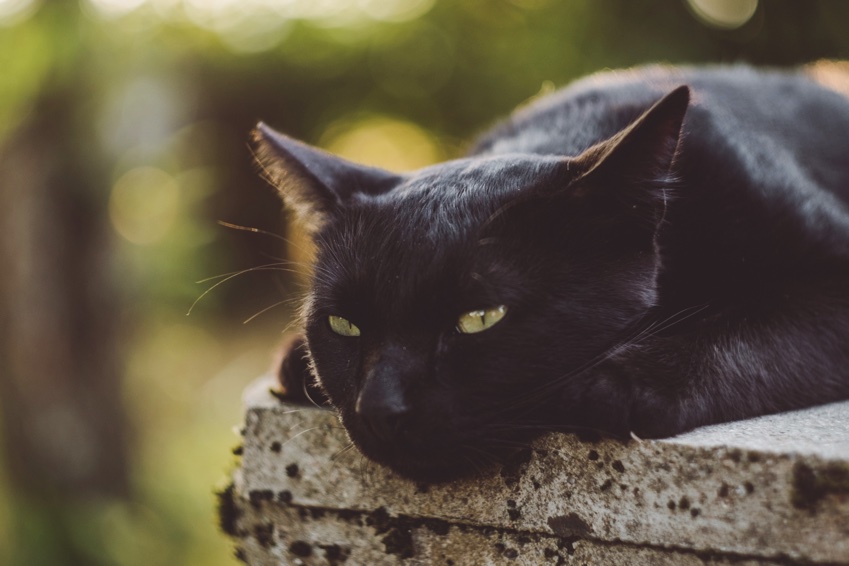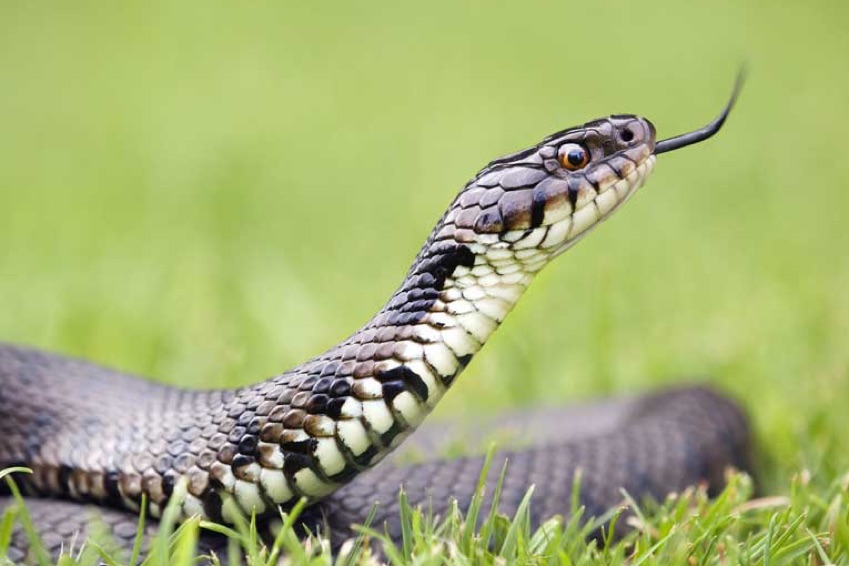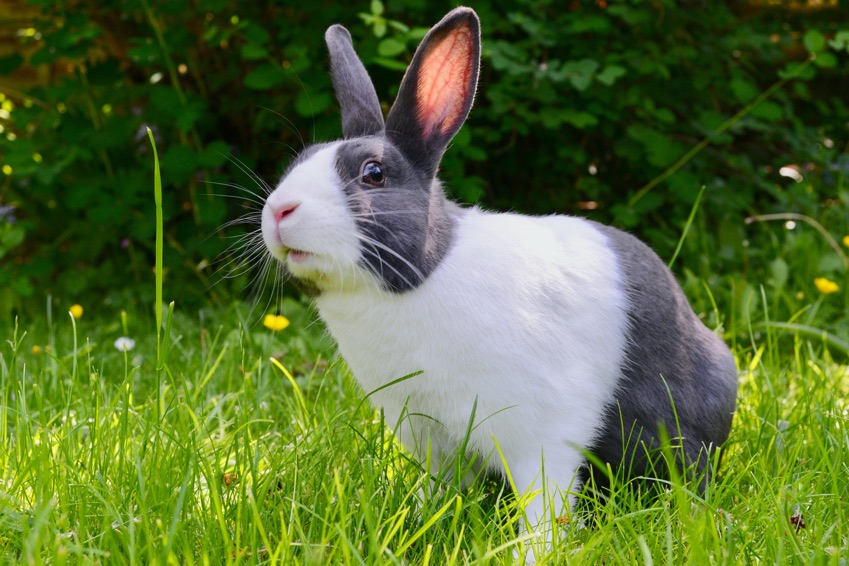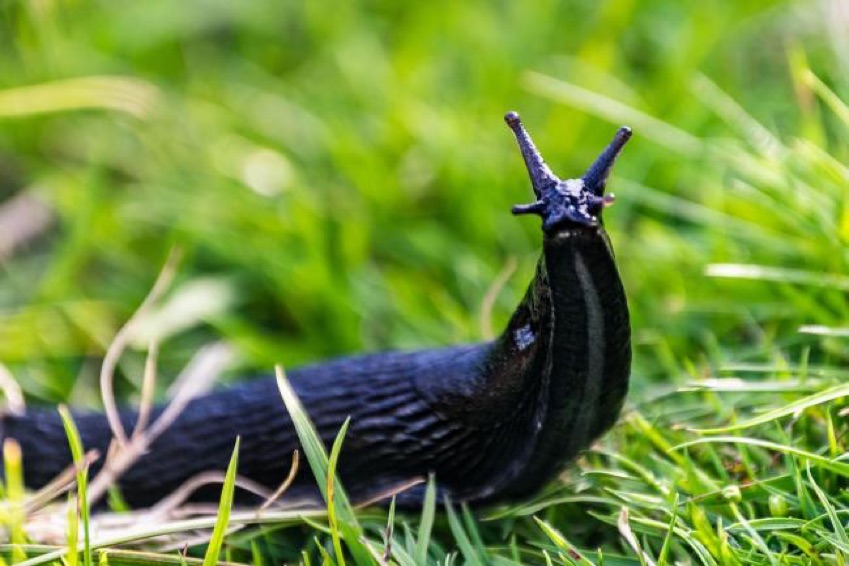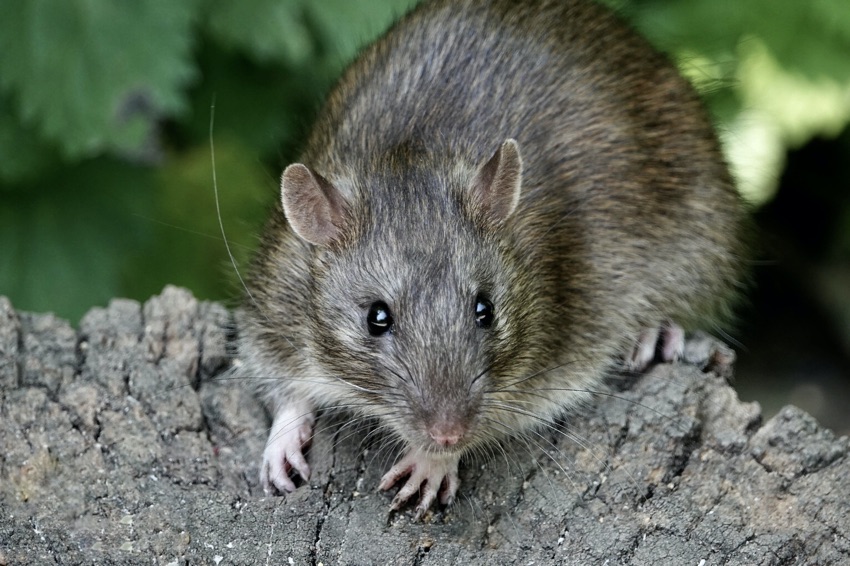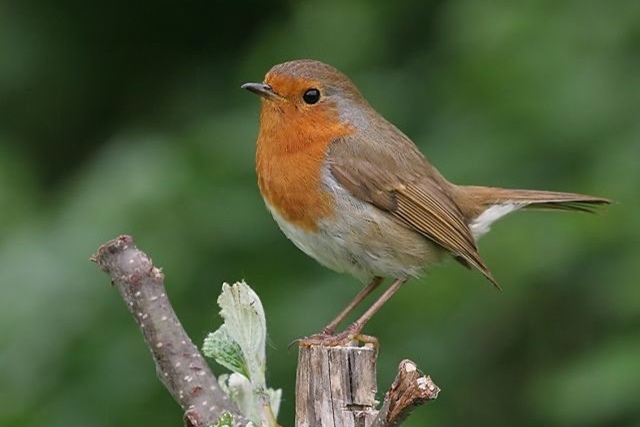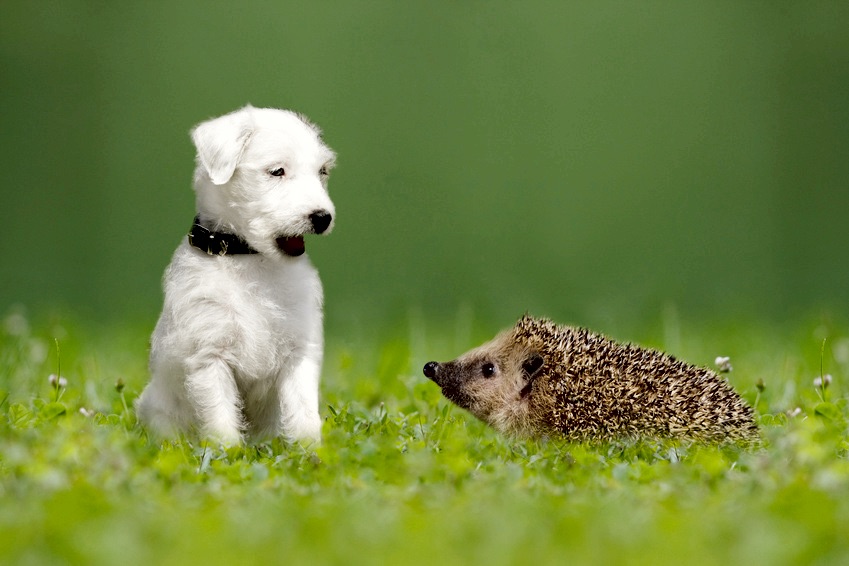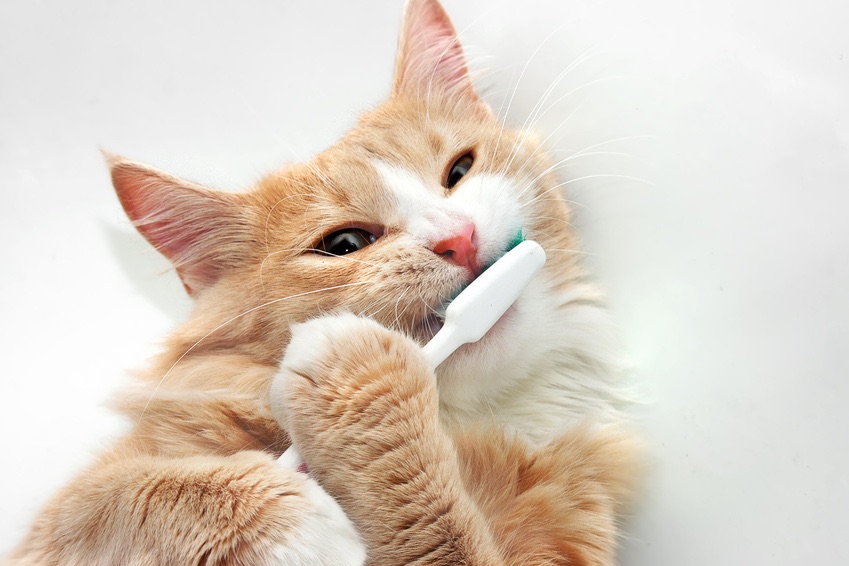When thinking about potential beasties for this month’s digest, we considered bunnies, chicks and bees – after all, spring has sprung! However, as our focus is always on the sorts of critters your pets are most likely to come across in the wild, we thought we’d take a slightly different route. Spring is also time for some of the slimier, less family-friendly creatures to emerge from the frost. That’s why we’re taking the time this month to look at the humble toad!
The common British toad is far from being a gross or grim creature. If anything, toads are perfectly affable, and are happy to just get on with their own business. In the spring, you’ll likely find more and more of these warty critters crawling around, and while that’s great news for wildlife spotters, it means that pet owners do rather need to be on the lookout. Toads tend to move more predictably than frogs, meaning you shouldn’t need to worry too much about being caught on the hop – pun intended.
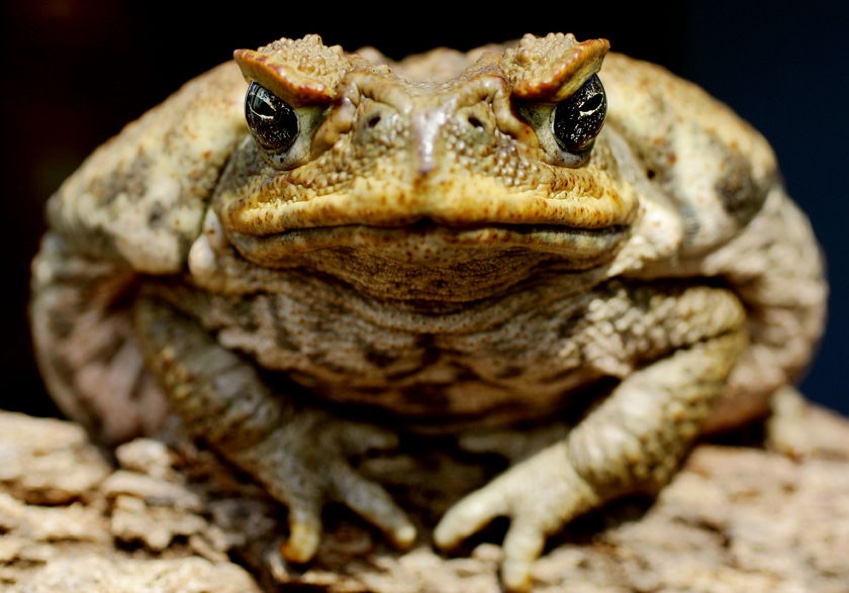
Toads are native to the UK and are generally found near bodies of water. You’ll likely find a slimy critter or two near ponds and shallow waters. However, you may also see them around marshland and other drier areas. That being said, it’s extremely rare you’ll spot a toad anywhere arid.
Toads start emerging in the spring when they begin their mass migration. This is when the creatures will head towards ponds and waters to start breeding. Therefore, it’s during these few months when toads will likely be spotted the most outside of pondland. It’s therefore going to be a period where you are going to need to keep your eyes out.
Toads may seem friendly enough, but they have a built-in mechanism to fight against predators. As available prey for any would-be mammal, they release natural toxins. This means that your pets may be at risk of a nasty taste, or worse, should they find a toad to look like a tasty snack.
Toads are only ever likely to give off skin toxins if they feel under threat. However, even a friendly, curious dogs likely to just have a quick sniff is likely to be at risk. Should you be walking a dog and you find that they start acting in a wobbly fashion, it may be that they’ve come across a toxic toad on route. Signs of toad poisoning in cats and dogs can include vomiting, oral pain and frothing at the mouth, according to VetsNow.
Cats are harder to control than dogs in terms of preventing toad licking, however, it’s just as important to look carefully for the right signs. If you spot dizziness or even seizures and collapsing in your pets, it’s time to get them to your local vet as soon as possible.
The fact is, toads are mainly active very early in the morning, and towards dusk. Therefore, if you let cats out during the daytime, or take your dog for a walk in the sunshine, you’re less likely to come across this risk. However, it is still worth being vigilant.
Toads are clever creatures who have developed a fantastic way to get rid of predators with minimal effort. They really should be applauded! However, when it comes to potentially harming our beloved pets, we really must make a stand. It’s never wise to touch or lick a toad yourself, of course!
Try and keep an eye on your pets as much as possible this spring – as toads are on the move, and there really isn’t any stopping them! ![]()
 blog
blog




